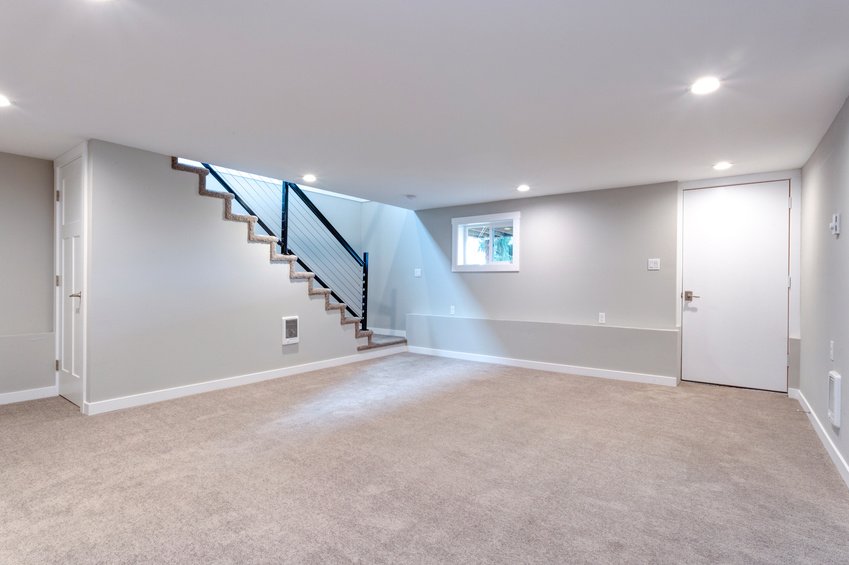In the basement waterproofing industry, waterproofers and other experts use a variety of terms that can be confusing to the inexperienced ear. Though you may know what a sump pump is or how mold removal works, other terms tend to be a bit trickier simply because of their similarities.
Three terms that homeowners and other clients often mix up include “air barriers,” “vapor barriers,” and “moisture barriers.” Though these processes serve similar purposes, their differences are worth mentioning. Here’s a brief explanation of how these water-preventative barriers differ so that you can decide which protection makes the most sense for your basement or crawlspace.
Air Barriers
Air barriers work to prevent air leakage, or the unbidden flow of external air into the interior of a home. Different forms of insulation work to control air leaks and spray foam insulation can be particularly helpful. Because air from the outdoors is often laden with moisture, homes with air barriers can prevent indoor moisture issues and even enjoy better energy efficiency.
Vapor Barriers
Vapor barriers and moisture barriers serve virtually the same purpose: preventing water from damaging an interior space. However, the method used to achieve this goal differs between the two. Vapor barriers prevent condensation from accumulating on sensitive materials. Whenever moist air comes into contact with a chilled surface, condensation may gather. A vapor barrier is an impermeable layer that prevents this condensation from corroding or damaging building materials like insulation and metal pipe.
Moisture Barriers
A moisture barrier serves a similar purpose to a vapor barrier, and many consider the two systems to be one in the same. Moisture barriers, or water resistant barriers, work to prevent any kind of moisture from coming into contact with other building materials, including vapor as well as liquid water. Waterproofing membrane might be considered a moisture barrier since it keeps out many forms of water beyond vapor.
Clearly, there are a variety of strategies for keeping water out of the lower levels of a home. Since over 27 million homes in the U.S. have crawl spaces, the need for many moisture-prevention options is unlikely to fade anytime soon. Though these three methods serve similar purposes, they aren’t always interchangeable. Talk with a waterproofing service to determine which method of moisture control will work best for your home.
For more information, contact Dry-Tek Environmental today!


